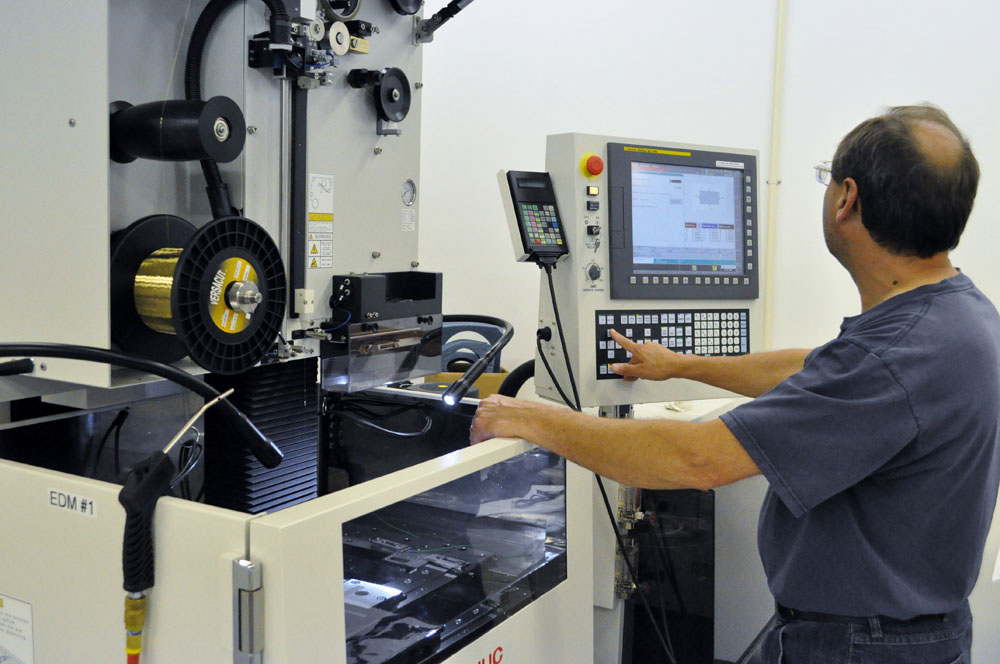

These are some case studies that tell the stories of some successful companies and their experience with electrical discharge machining:
#Edm machining update
In many cases an update to a newer and more modern EDM machine has done the trick. There are numerous examples of companies that have managed to implement electrical discharge machining for their benefit. This is an additional step compared to machining processes with traditional cutting tools. In sinker EDM, it is also necessary to produce the correctly shaped electrodes before the workpiece can be machined. Because of the tool wear, the electrode has to be replaced regularly. In sinker EDM, the electrode is also vulnerable to erosion. Similar to traditional chipping methods, the tool life in EDM is not endless. At the same time, the electro thermal process requires high power consumption. High-volume tasks are therefore not suited for this method. EDM is a rather slow method compared to traditional machining. EDM is a high precision machining method. However, there are numerous examples where electrical discharge machining is not the right solutions.

Thus, any potential deformation from heat treatment machining can be avoided. Whereas other machining techniques need to be executed before the workpiece is hardened with heat treatment, electrical discharge machining can be applied on the hardened material as well. Moreover, EDM allows users to machine hardened workpieces. Electrical discharge machining produces surfaces with a fine finish and high precision.

Another argument for using EDM is that the surface finish is usually better than with traditional methods. Sharp internal corners, deep ribs and narrow slots are other specialities of electrical discharge machining. Especially deep processing where the tool length to diameter ration would be very high, is a usual application for EDM. Fragile outlines are easier to produce because there is no high cutting force needed to remove the material.ĮDM also allows for shapes and depths that are impossible to reach with a cutting tool. Another advantage of electrical discharge machining is the lack of mechanical force put into the workpiece. It is therefore possible to machine workpieces made from tungsten carbide or titanium that are hard to machine with traditional cutting methods. The main advantage of electrical discharge machining is that it can be used on any material as long as it is conductive. Subscribe to our newsletter now! Subscribe to Newsletter Advantages: When applying EDM makes sense Don't miss out on the latest news! Twice a week, we provide you with the most relevant news from the world of tool and mould making.


 0 kommentar(er)
0 kommentar(er)
